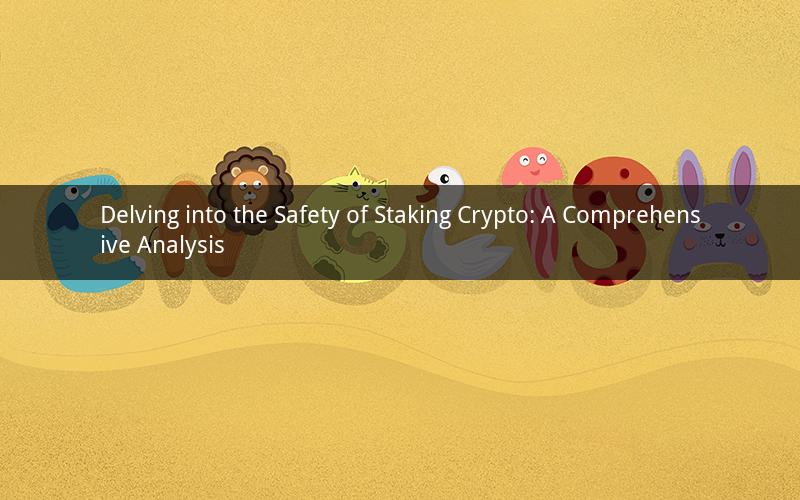
Introduction:
Staking crypto has emerged as a popular method for earning rewards while participating in the blockchain ecosystem. However, many individuals are concerned about the safety of their investments. In this article, we will explore the various aspects of staking crypto and evaluate its level of safety. By understanding the risks involved, you can make informed decisions regarding your crypto staking activities.
1. Understanding Staking:
To comprehend the safety of staking crypto, it is essential to first understand what staking entails. Staking is the process of locking up a certain amount of cryptocurrency in a wallet or staking platform to support the network's operations. In return, stakers receive rewards in the form of additional cryptocurrency.
2. Security of Staking Platforms:
The safety of staking crypto largely depends on the platform you choose to participate in. Here are some factors to consider:
a. Reputation: Research the reputation of the staking platform. Look for reviews, testimonials, and any past incidents of security breaches.
b. Security Measures: Check if the platform employs robust security measures, such as encryption, multi-factor authentication, and cold storage for storing your staked assets.
c. Regulation: Platforms that are regulated by reputable authorities are more likely to prioritize the safety of their users' assets.
3. Risks Involved in Staking Crypto:
While staking crypto can be a lucrative venture, it is crucial to be aware of the potential risks:
a. Smart Contract Vulnerabilities: Staking often involves interacting with smart contracts. Any vulnerabilities in these contracts can lead to the loss of your staked assets.
b. Market Volatility: The value of cryptocurrencies can be highly volatile. If the market experiences a significant downturn, the value of your staked assets may decrease, potentially leading to losses.
c. Centralization: Some staking platforms may be centralized, which can pose risks such as regulatory scrutiny and potential manipulation of the network.
4. Safe Practices for Staking Crypto:
To enhance the safety of your staking activities, consider the following practices:
a. Diversify Your Investments: Do not stake all your cryptocurrency in a single platform or asset. Diversification can help mitigate risks associated with specific platforms or market downturns.
b. Keep an Eye on Platform Updates: Stay informed about any updates or changes made by the staking platform. This can help you identify potential security risks or improvements.
c. Utilize Secure Wallets: Store your staked assets in secure wallets, such as hardware wallets or reputable software wallets. This ensures that your assets are protected from online threats.
5. Conclusion:
Staking crypto can be a rewarding endeavor, but it is crucial to evaluate the safety of your investments. By selecting reputable staking platforms, understanding the risks involved, and implementing safe practices, you can enhance the security of your crypto staking activities. Remember to diversify your investments, stay informed, and prioritize the safety of your assets.
Questions and Answers:
1. Q: Can I lose all my staked assets in staking crypto?
A: Yes, there is a risk of losing all your staked assets. This can occur due to smart contract vulnerabilities, market volatility, or platform-related issues. It is essential to conduct thorough research and exercise caution when staking crypto.
2. Q: Are all staking platforms equally safe?
A: No, not all staking platforms are equally safe. It is crucial to research and evaluate the reputation, security measures, and regulatory compliance of each platform before participating in staking activities.
3. Q: Can I withdraw my staked assets at any time?
A: The ability to withdraw staked assets depends on the staking platform and the specific cryptocurrency involved. Some platforms may require a lock-up period, while others may allow immediate withdrawals. Check the terms and conditions of the platform you choose.
4. Q: Are there any alternative methods to earn rewards from crypto?
A: Yes, there are alternative methods to earn rewards from crypto, such as mining, yield farming, and liquidity mining. Each method has its own set of risks and rewards, so it is essential to research and understand them before participating.
5. Q: Can I participate in staking without a wallet?
A: Yes, you can participate in staking without a wallet by using a web-based staking platform. However, it is crucial to ensure the platform's reputation and security measures before providing your private keys or personal information.